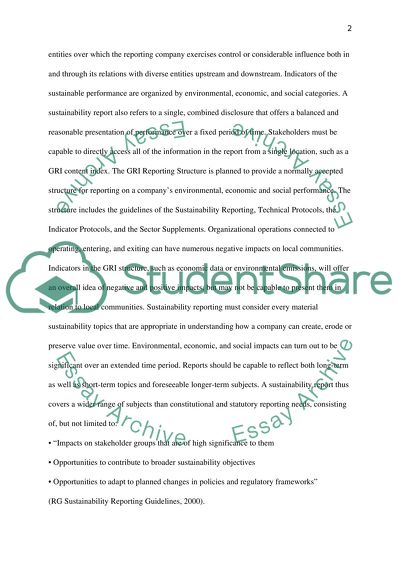Cite this document
(“Corporate sustainability reporting Essay Example | Topics and Well Written Essays - 2500 words”, n.d.)
Corporate sustainability reporting Essay Example | Topics and Well Written Essays - 2500 words. Retrieved from https://studentshare.org/finance-accounting/1401349-corporate-sustainability-reporting
Corporate sustainability reporting Essay Example | Topics and Well Written Essays - 2500 words. Retrieved from https://studentshare.org/finance-accounting/1401349-corporate-sustainability-reporting
(Corporate Sustainability Reporting Essay Example | Topics and Well Written Essays - 2500 Words)
Corporate Sustainability Reporting Essay Example | Topics and Well Written Essays - 2500 Words. https://studentshare.org/finance-accounting/1401349-corporate-sustainability-reporting.
Corporate Sustainability Reporting Essay Example | Topics and Well Written Essays - 2500 Words. https://studentshare.org/finance-accounting/1401349-corporate-sustainability-reporting.
“Corporate Sustainability Reporting Essay Example | Topics and Well Written Essays - 2500 Words”, n.d. https://studentshare.org/finance-accounting/1401349-corporate-sustainability-reporting.


